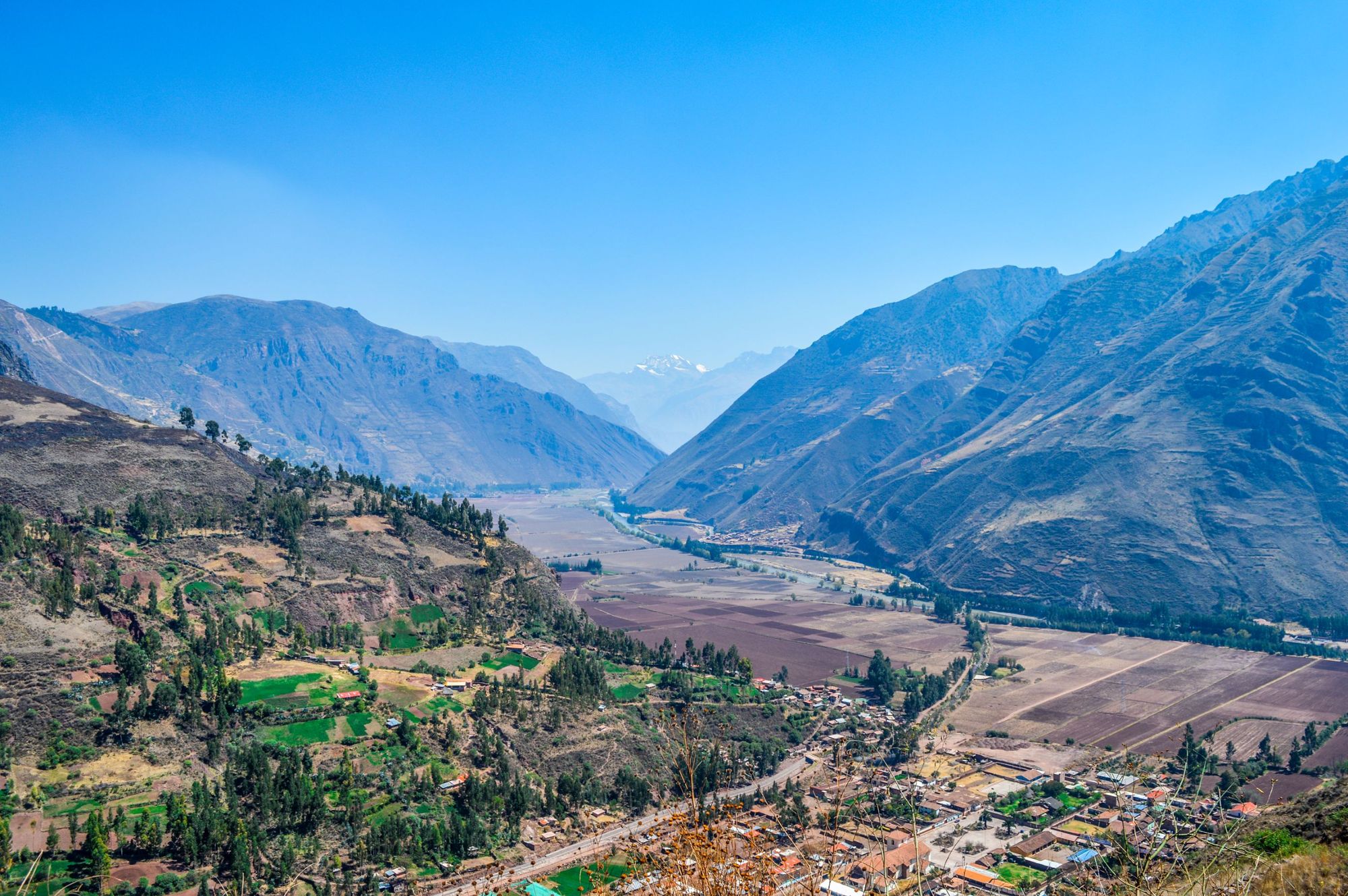The Sacred Valley of the Incas is a remarkable landscape, where fertile agricultural land is lined with huge Andean mountains - and ancient Inca towns, terraces and citadels, including the legendary archaeological site of Machu Picchu, stand as startling proof of a civilisation past.
The indigenous Quechua people of the Peruvian Andes knew the valley as Willka Qhichwa, while in colonial documents, it was referred to as the Valley of Yucay. Today, this fertile valley, a passageway of Andean mountains bisected by the Urubamba River, is most commonly known as Valle Sagrado de los Incas - which translates to English as the Sacred Valley of the Incas.
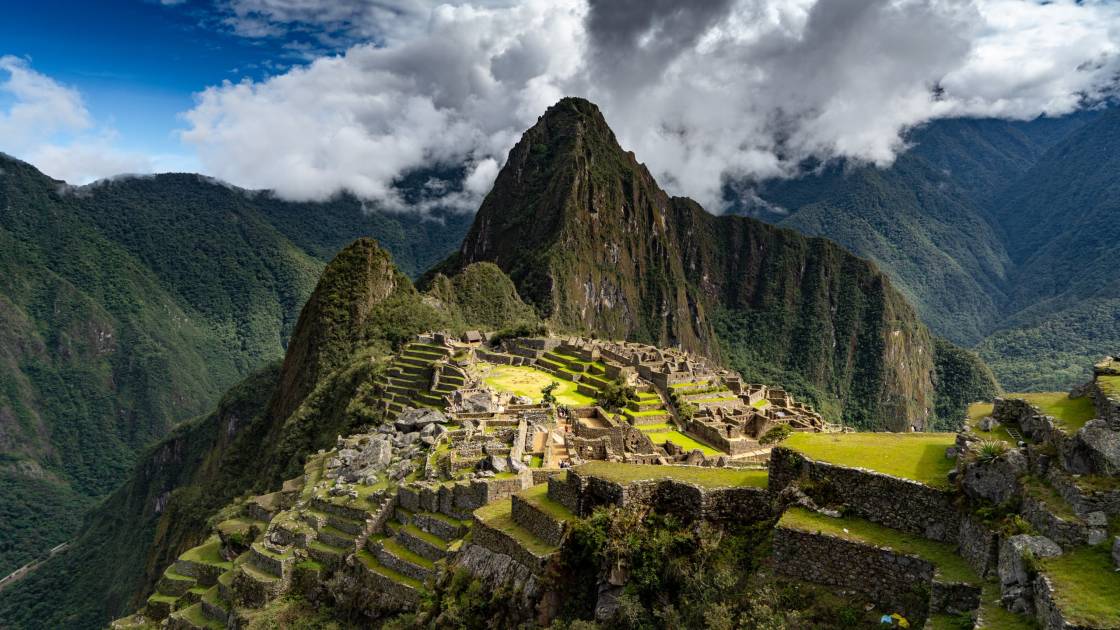
The modern name of the valley comes from that original Quechua name; Willka Qhichwa. In Quechua, which was also the language spoken by the Incas, the Urubamba River was known as the Willkamayu, meaning ‘Sacred River’, and ‘Willka Qhichwa’ meant Sacred Valley. Geographically, this area is the valley of the Urubamba River - and it's the most visited region in all of Peru.
The British historian Clements Markham, in his book The Incas of Peru wrote in 1910 that "the gem of the land of the Incas is the sacred valley. The most lovely part is from Pisac to Ollantaytambo, where the mighty Andes sends up its snowy peaks on one side and precipitous cliffs bound the other."
The valley stretches roughly 62 miles (100km) from the Inca ruins at Písac to Machu Picchu itself. Today, many hikers who come to walk to Machu Picchu, either on the Inca Trail or Salkantay Trek, also visit other sites in the Sacred Valley before or after their trek, as it was another agricultural, spiritual and political hub for the Inca Empire. As well as Machu Picchu, you can visit Písac and Ollantaytambo, home to ancient ruins and old cobbled streets.
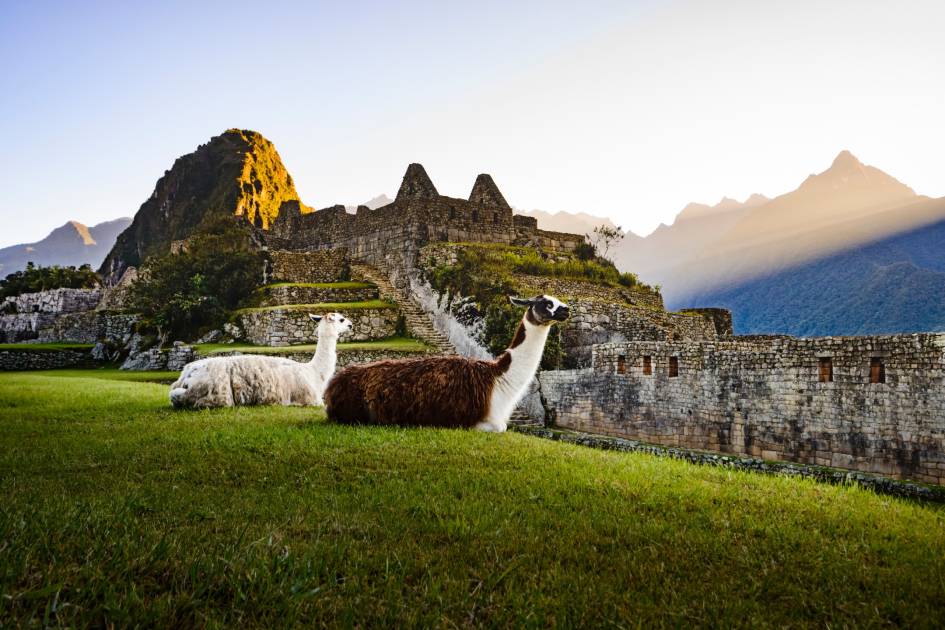
Here’s our guide to the sacred land of the Incas in Peru - a site of archaeological significance and beauty.
Where is the Sacred Valley, Peru?
The Sacred Valley is in the Andean highlands of Peru, near Cusco. It stretches along the Urubamba River and includes towns like Ollantaytambo, Pisac, and Urubamba. It covers an area of around 62 miles (100km) in distance between Písac and Machu Picchu.
What is the altitude of the Sacred Valley in Peru?
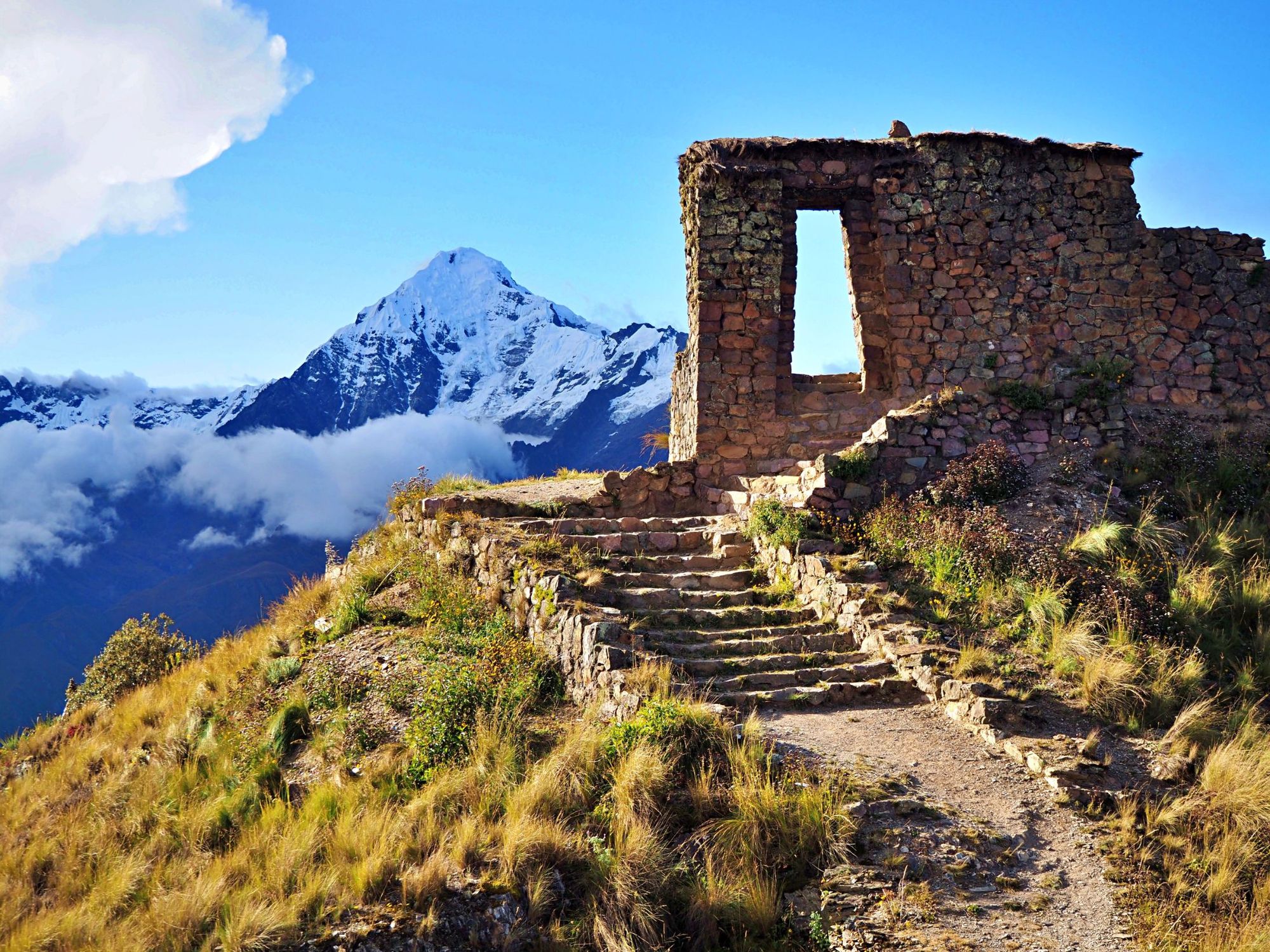
The Sacred Valley of the Incas sits at an altitude of 2,050m-3,000m (6,730ft-9,800ft) an hour north of the capital, though of course that varies across the 62 miles (100km) of the valley. The mountains that line the valley also reach an awful lot higher, with the mighty Sahuasiray (5,818m/19,088ft) and Veronica (5,893m/19,334ft) dominating the valley at times, and giving the area its beauty and drama, rising sharply and steeply up from the agricultural valley floor.
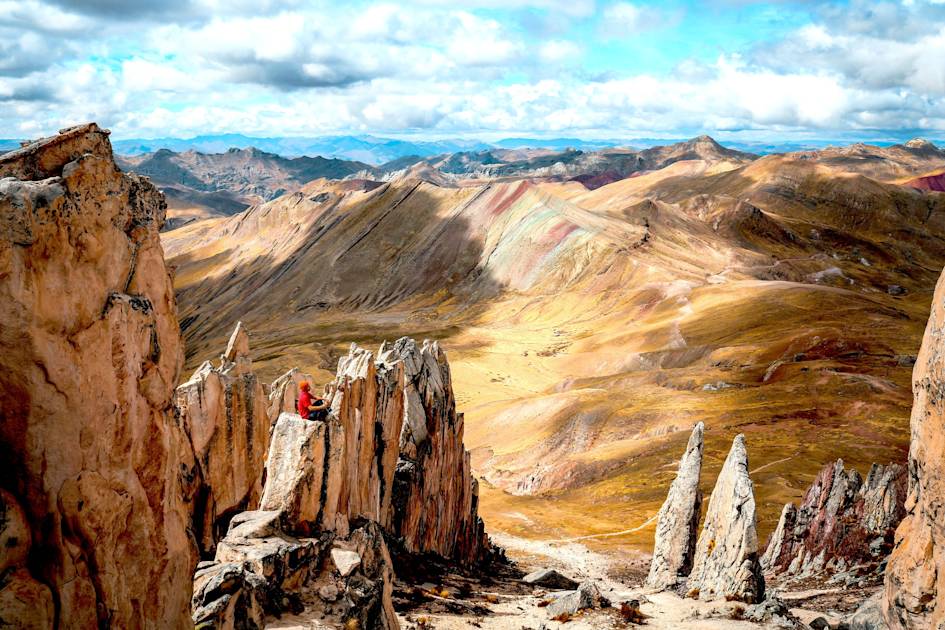
Notably, this means that the altitude of the Sacred Valley is lower to that in the city of Cusco, which sits an elevation of 3,400 (11,200ft), and so it is a little warmer than Cusco - something which is thought to have initially attracted the Inca people of Cusco to the Sacred Valley.
A Quick History: What is the Sacred Valley in Peru?
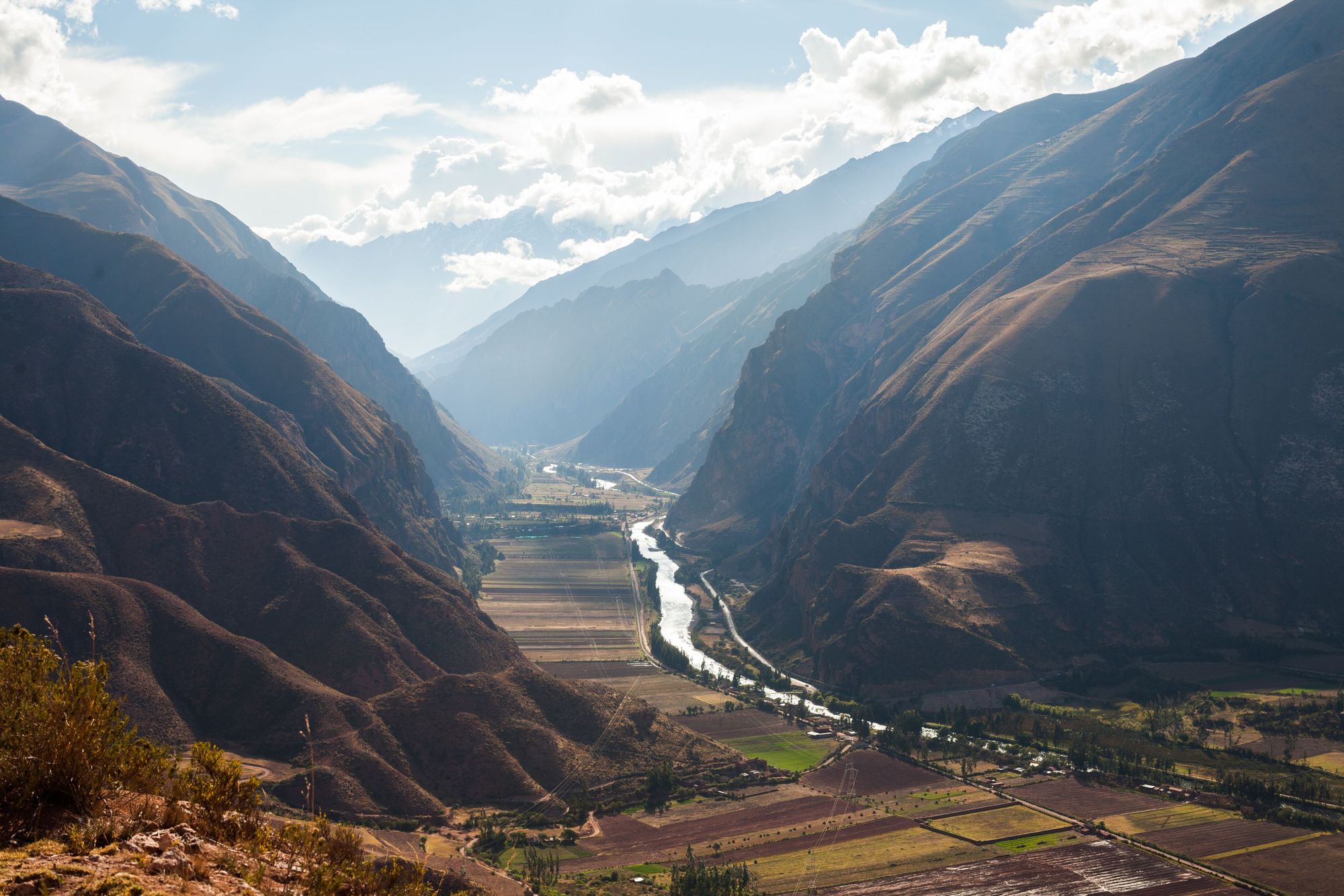
Owing to the rich soil, which lends itself well to agriculture and farming work, the Sacred Valley was actually home to human populations even before the Inca Empire arrived.
It’s understood that the valley was inhabited by the Chanapata civilisation around 800BC. "The pre-Inca culture known from the valley [...] is called Chanapata, after the site on the northwestern edge of the city of Cuzco, where it was first identified," wrote historian Julian Haynes Steward in 1946. "The locations of the known sites near good agricultural land where game is not particularly plentiful suggest that the people of Chanapata practiced agriculture, and great quantities of llama bones show that they kept large numbers of domestic animals. Pottery is well made and abundant, and a high percentage of decorated ware is found in the refuse."
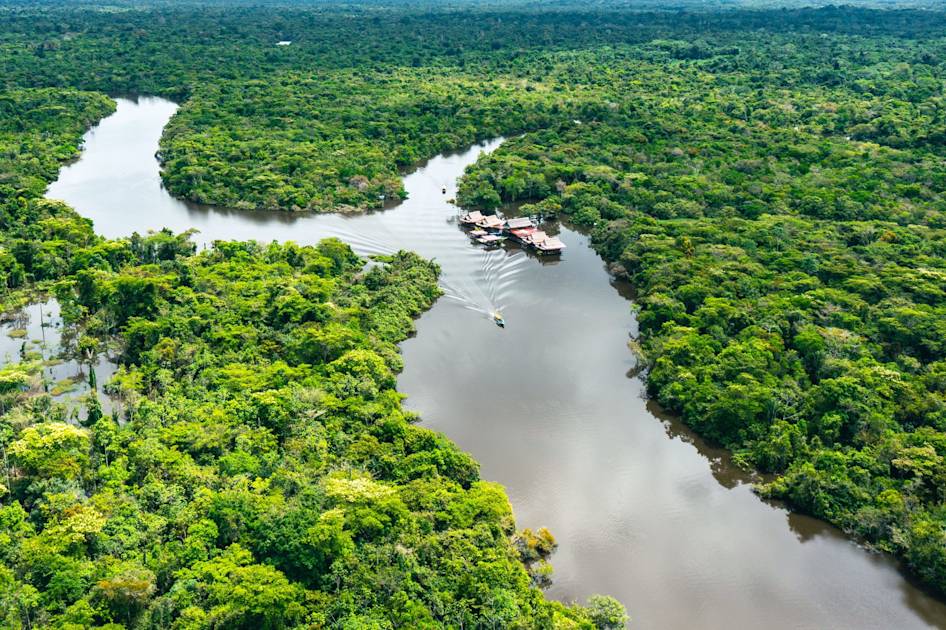
The Qotacalla civilisation from 500-900AD and then the Killke civilization, who lived in the Sacred Valley from 900AD until the great Inca Empire took over the region, and so the fertile valley, in 1420 - ruling until the arrival of the Spanish.
What at once arrests the attention of the visitor to the valley of Yucay is the vast system of terraces that lines it on both sides...
For each of these people, agriculture was key. The Inca civilisation was based primarily in Cuzco, and it’s believed that the Incas were pulled to the Sacred Valley due to the lower altitude, which was warmer, and so better for agriculture.
For the Inca Empire, the valley became the heart of their maize production, a crucial crop used to make chicha, a fermented maize drink important for religious feasts and festivals. The valley also served as an important area for the import of coca leaves and chile peppers to Cusco.
The andenes built by the Incas - agricultural terraces built up the hillsides - are the most visible signs today of this ancient civilisation around the Sacred Valley.
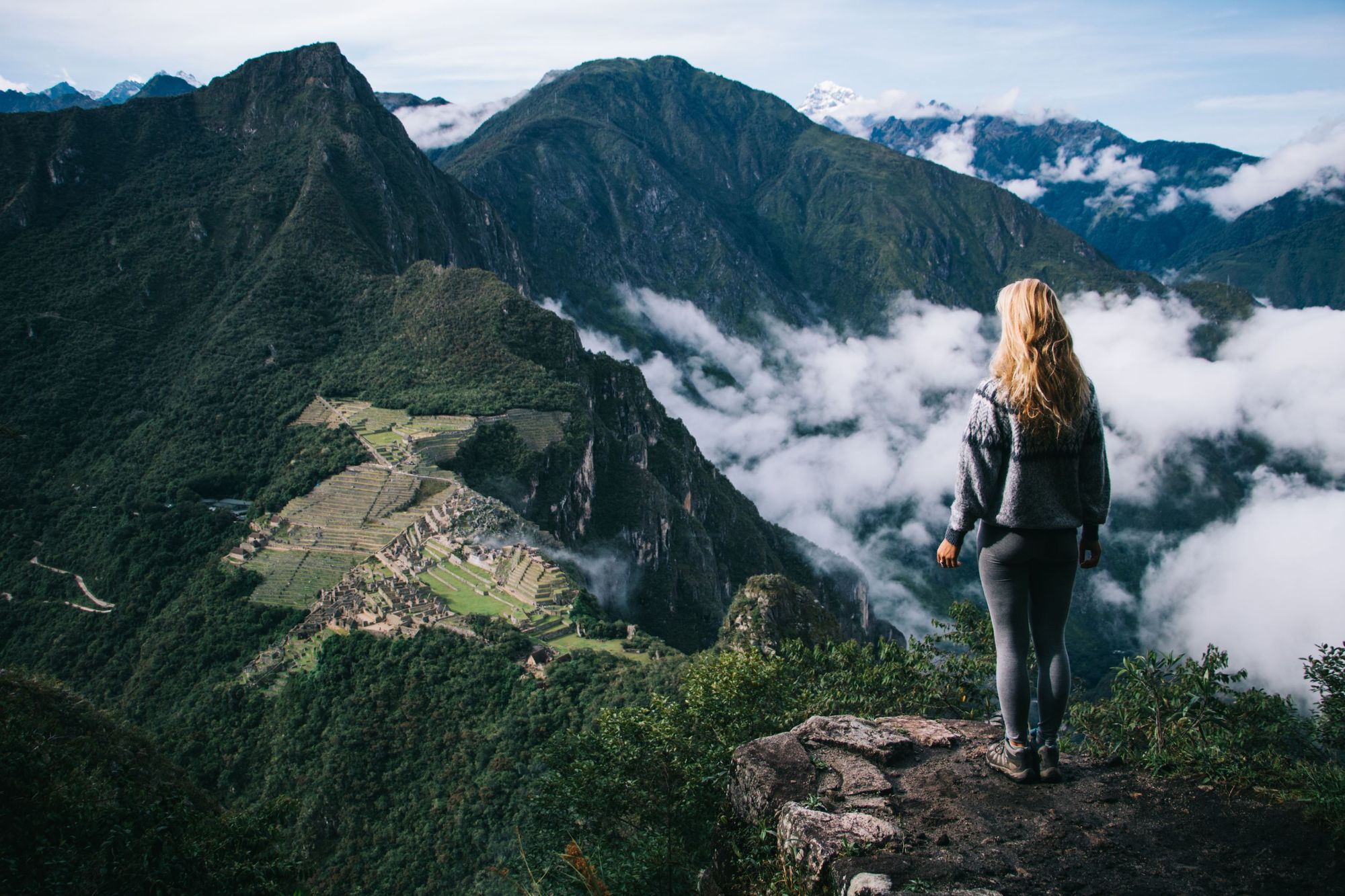
"What at once arrests the attention of the visitor to the valley of Yucay is the vast system of terraces that lines it on both sides," wrote American archaeologist Ephraim George Squier in 1877. "These terraces, rising from the broader ones at the edge of the level grounds, climb the circumscribing mountains to the height of from 1000ft to 1500ft, narrowing as they rise, until the topmost ones are scarcely two feet broad. The terrace-walls are of rough stones, well laid, slightly inclining inwards, and varying in height."
The Inca Empire divided the Sacred Valley into various estates for royals, the most famous of these being Machu Picchu itself, which is believed to have been built as an estate for Pachacuti Inca Yupanqui, the ninth Sapa Inca (monarch) of the Kingdom of Cusco, who also owned the estate at Písac. Pachacuti means “reformer of the world" in Quechua, and this monarch was just that. He’s credited with beginning a conquest campaign that, within three generations, expanded the Inca territories from the valley of Cusco to almost all of western South America.
In his history Empire of the Inca, author Burr Cartwright Brundage writes that because of Pachacuti, "a world view had appeared. From the confines of a closes Andean valley, Pachacuti had lifted Inca imperial policy, as if on the wings of a condor, into the empyrean. Harshly, cruelly, laboriously, and finally explosively, he had brought into being a memorable chapter in the story of empire. As a conquerer Pachacuti is the greatest American Indian in history."
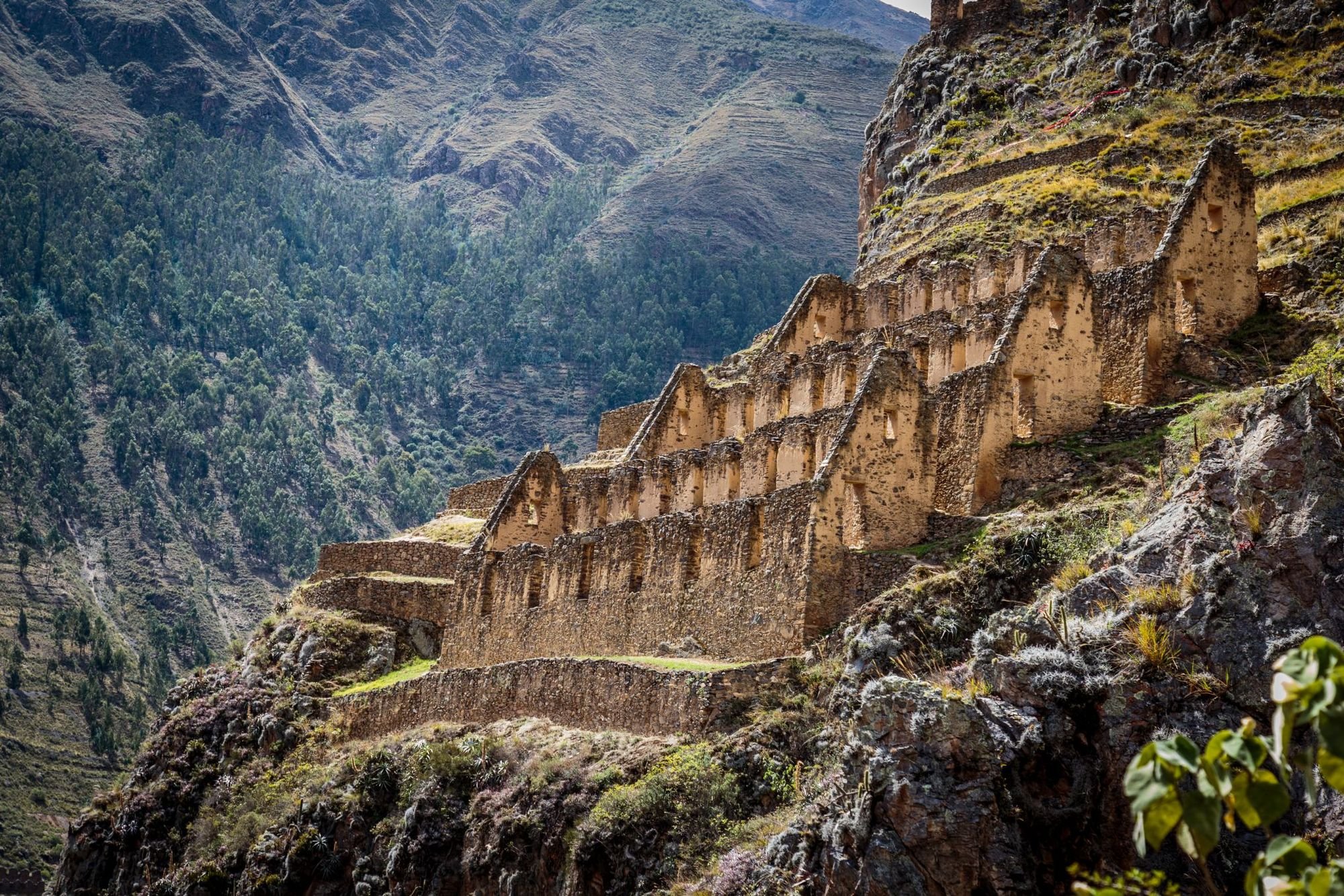
In January of 1537, the Sacred Valley was the site of the Battle of Ollantaytambo, which saw the forces of Inca emperor Manco Inca Yupanqui defeat a Spanish expedition led by Hernando Pizarro. By this point, the Spanish already had colonial barracks in Cusco, and a year earlier, Manco Inca - who, indigenous historian Titu Cusi Yupanqui writes, "was regarded and obeyed as principal lord by all of the inhabitants of this land" - had besieged one of their garrisons.
The gem of the land of the Incas is the sacred valley. The most lovely part is from Pisac to Ollantaytambo, where the mighty Andes sends up its snowy peaks on one side and precipitous cliffs bound the other.
In retaliation, Pizarro and the Spanish led an army of 100 Spaniards and 30,000 Indian auxiliaries into the emperor’s home in Ollantaytambo, a town (and now crucial Inca archaeological site) in the Sacred Valley. There, they met an army of 30,000 Incas, who held the attacking army off from the high terraces, also flooding their position. The Spanish withdrew by night, and the success of the defence encouraged Manco Inca to try and retake Cusco in its entirety, but the Inca forces were discovered by the Spanish assembling around the city, and a night attack on their army heavily impeded their numbers.
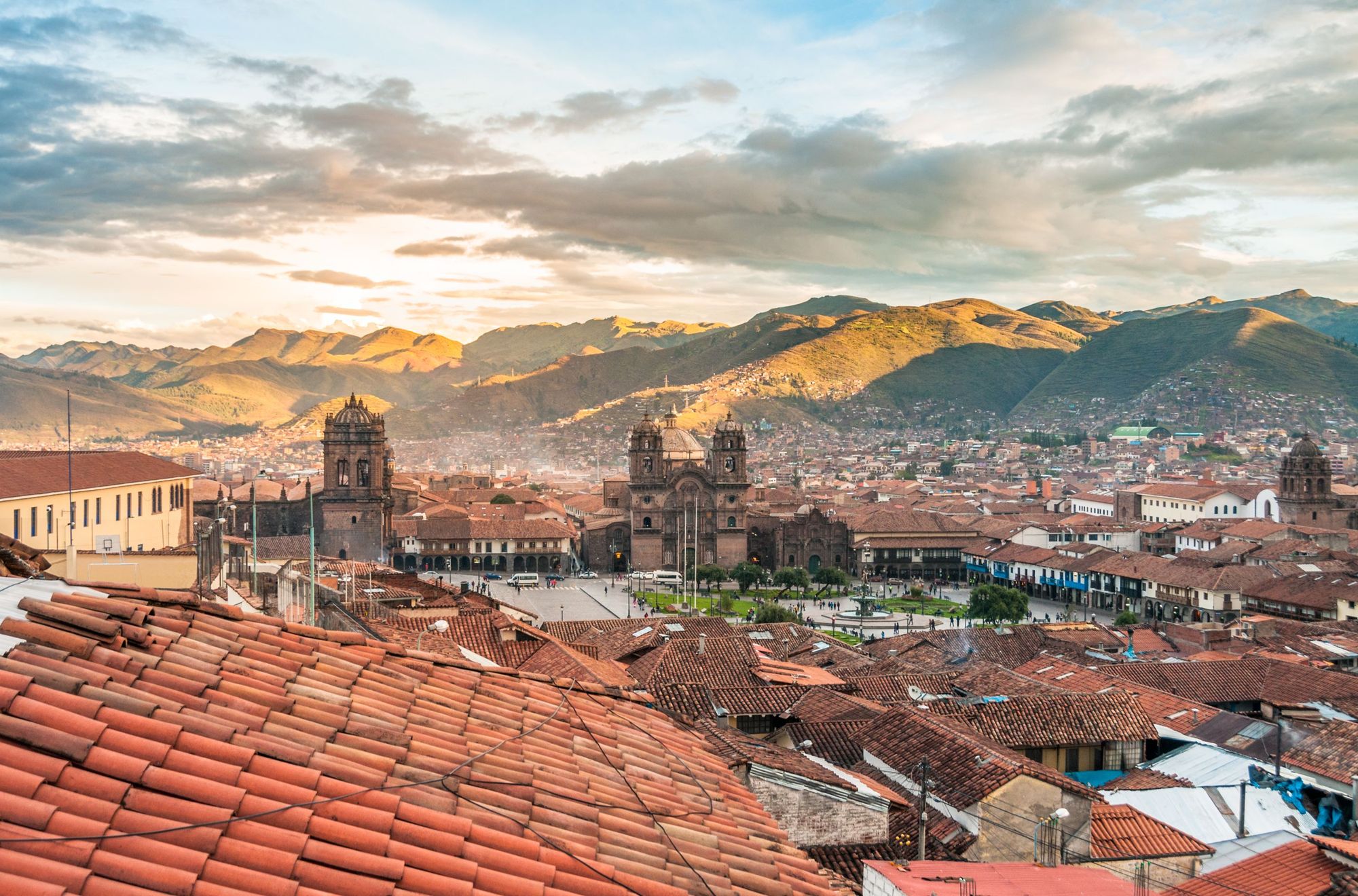
Spanish reinforcements, under the control of Diego de Almagro, arrived in Cusco in April 1537 and (after Almagro had jailed Pizarro so he could have Cusco to himself), there was another clash with Manco Inca at Calca, near the city. This caused Manco Inca to leave Ollantaytambo soon after, fleeing to the forested area of Vilcabamba where the Neo-Inca State was created.
From this point onwards, the Sacred Valley was occupied by the Spanish, with the area really entering the tourist and world radar after the re-discovery of Machu Picchu by Hiram Bingham.
5 of the Top Inca Sites to Visit in the Sacred Valley
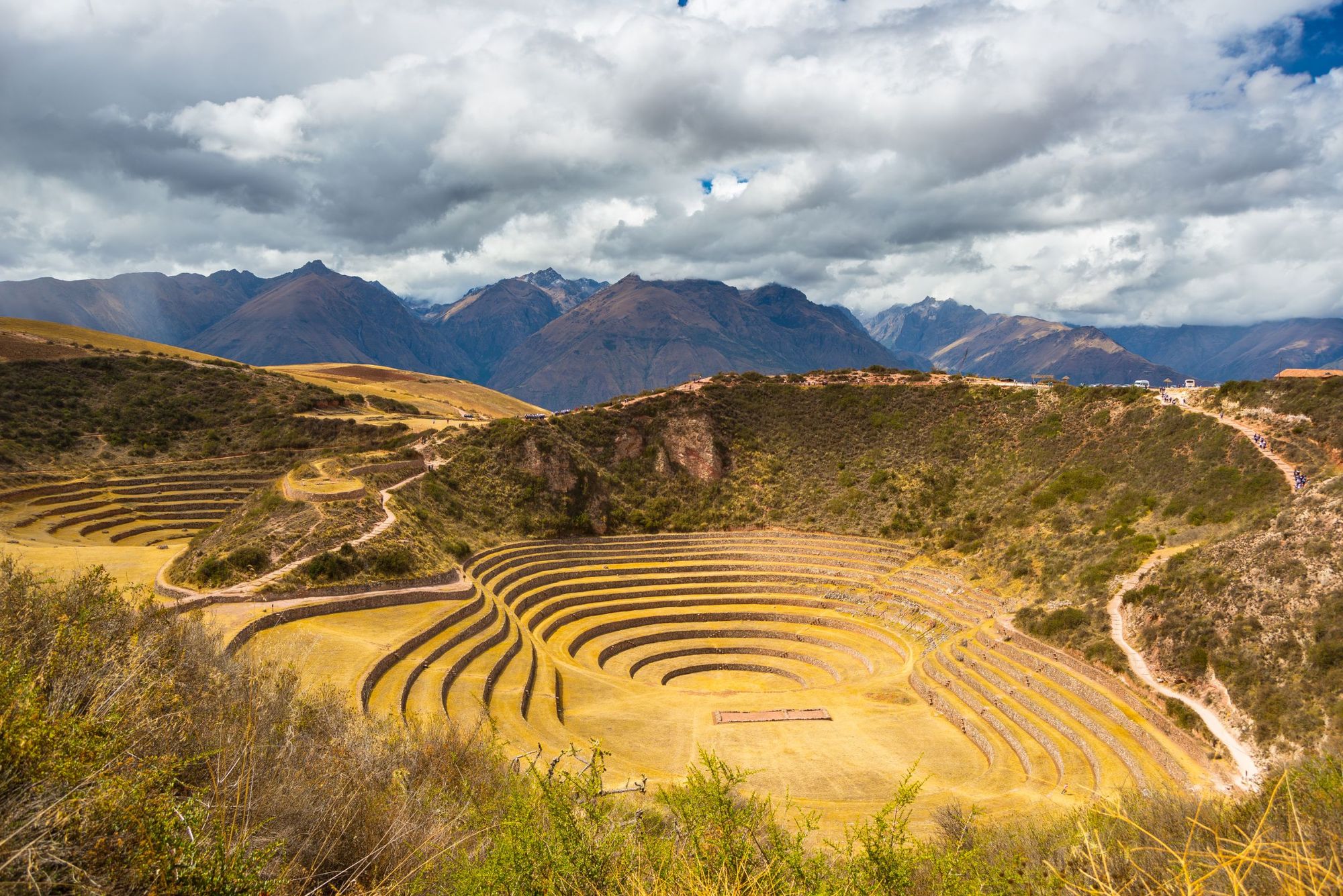
The Sacred Valley covers an area of over 60 miles (roughly 100km) to the north of Cusco, and so there’s a whole lot of areas to explore. Here are the most famous sites of Inca inhabitance which sit within the Sacred Valley, starting with by far the most famous: Machu Picchu.
1. Machu Picchu
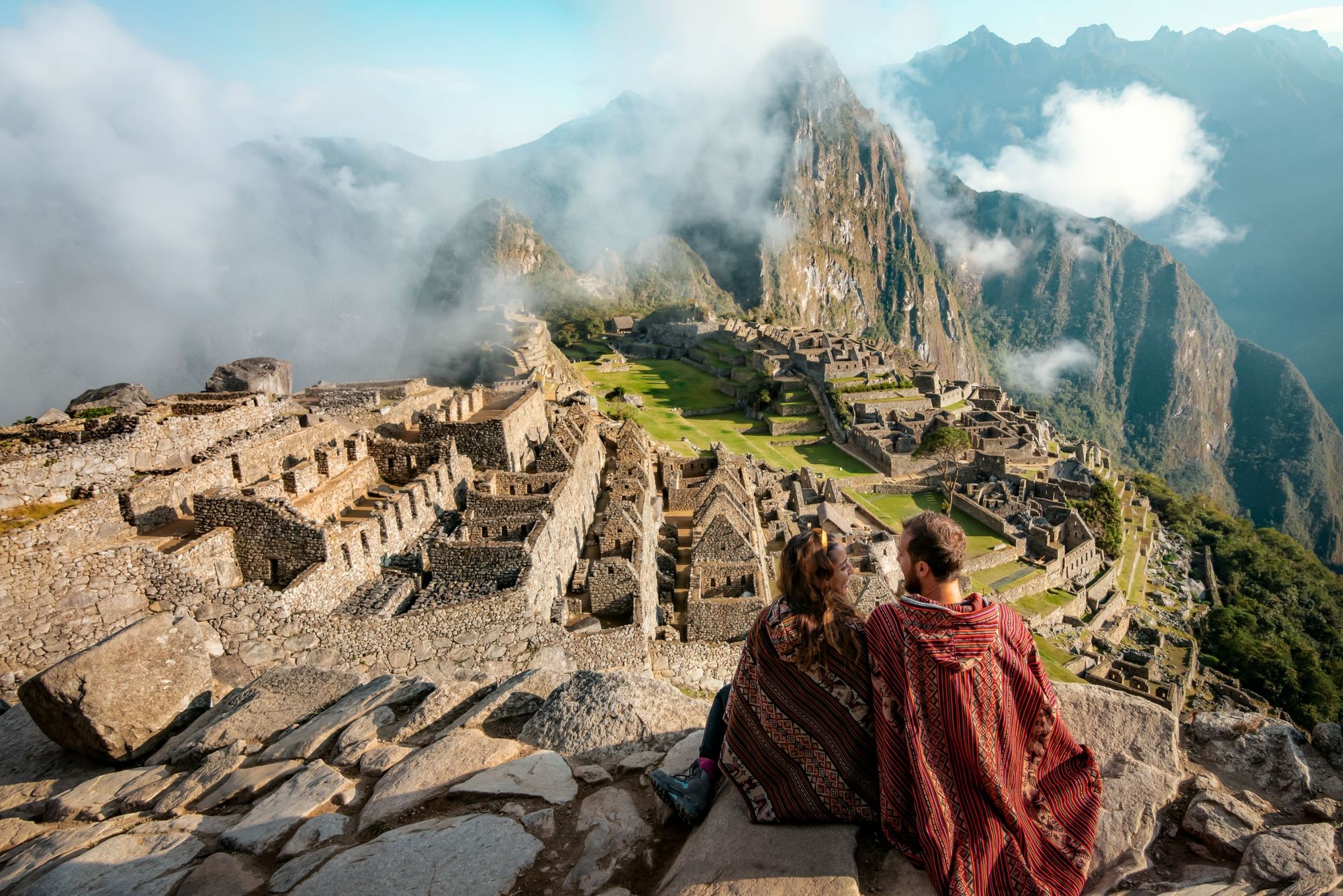
The reason that most people come to the Sacred Valley in the first place is to hike to Machu Picchu, either on the Inca Trail, or the lesser known (but perhaps more scenic) Salkantay Trek.

Machu Picchu is a 15th-century Inca settlement and the modern world’s signature icon of the Inca Empire. It sits above the Sacred Valley, and is believed to have been built in the 1450s or even a few decades earlier. It’s thought that around 750 people lived in Machu Picchu, working in agricultural, religion or in service to the great Inca ruler, Pachacuti Inca Yupanqui.
2. Ollantaytambo
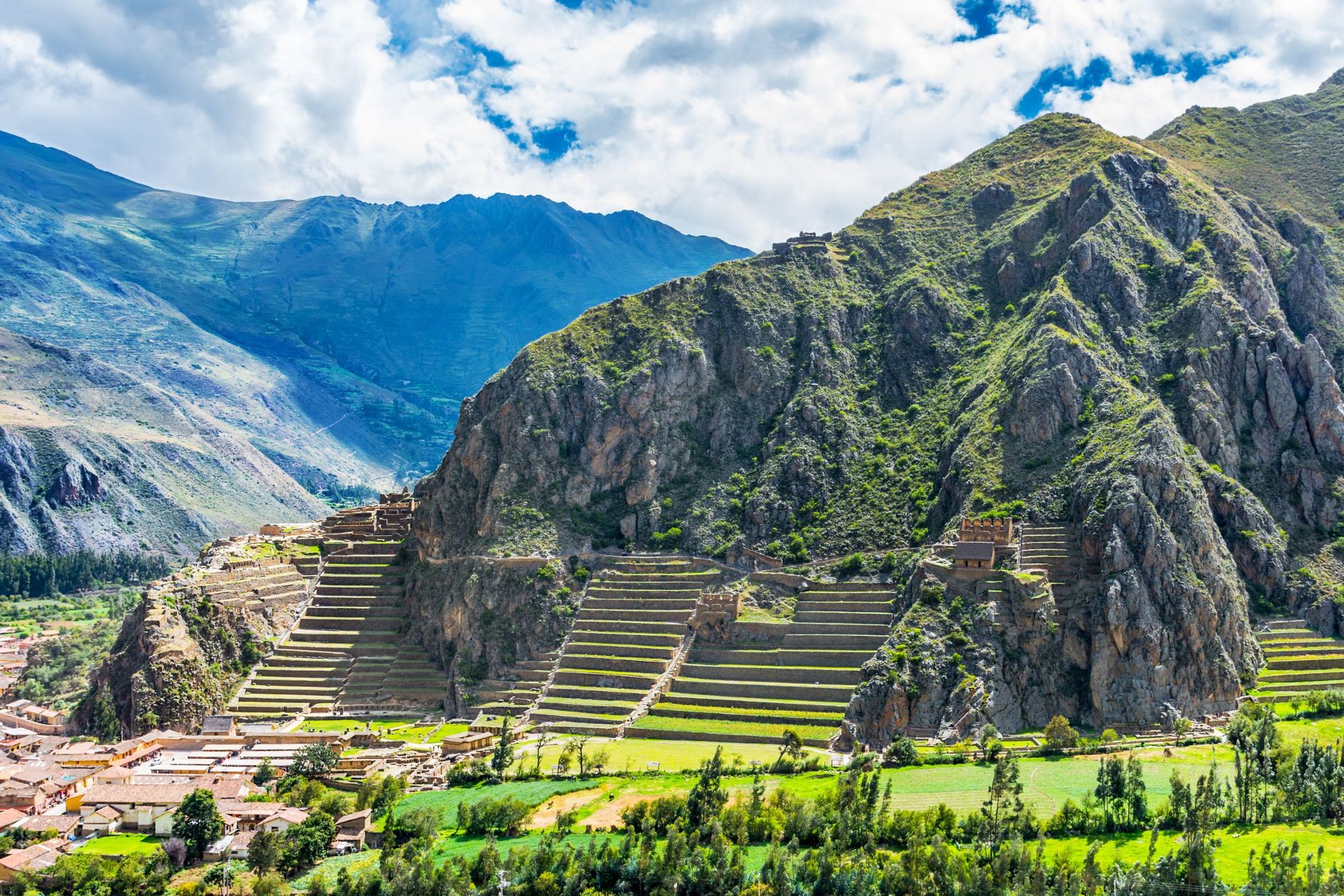
If you want to explore Sacred Valley, Ollantaytambo is an unmissable stop. This town was once the home of both the aforementioned Pachacuti, the great Inca emperor who conquered western South America, and the Inca emperor Manco Inca Yupanqui, who led the resistance against the Spanish. The town was conquered and rebuilt by Pachacuti in the 1400s, and today it is a popular site with tourists who come to see the terraces, the steps, waterworks and storehouses left behind by the Incas, before heading on to Machu Picchu.

The site is a classic example of Inca town planning, in amongst a typically beautiful Andean setting. Climb the ‘Inca elevator’, the stone steps, leading to a great view of the Sacred Valley. Burr Cartwright Brundage writes that "Ollantaytambo was one of the gateways to an amazing world - the montana - for it commanded two of the three possible and arduous routes into the Vilcabamba (Sacred Valley) country."
3. Písac
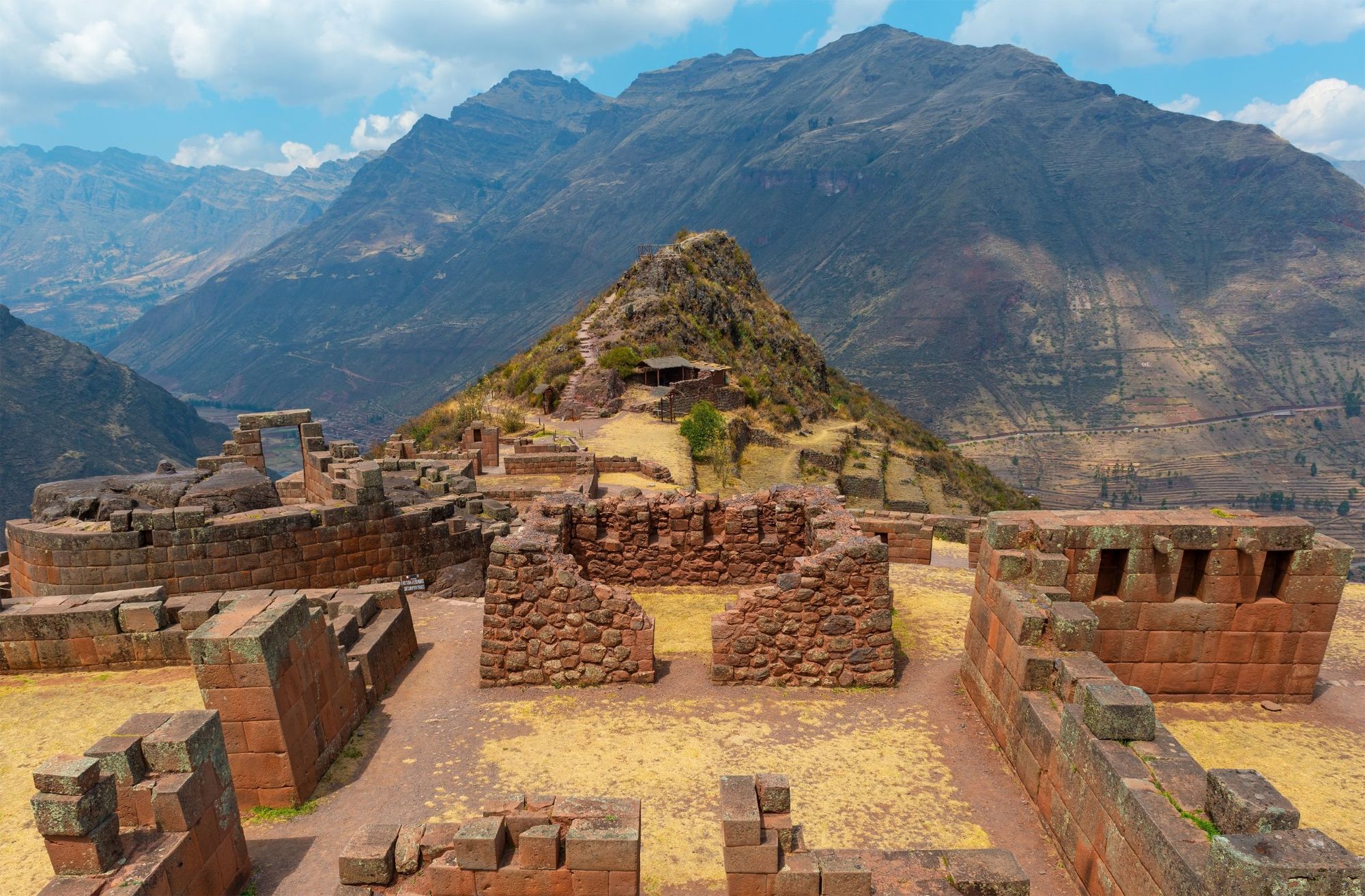
Sitting pretty on the Vilcanota River, Písac is another famous site of Inca ruins, and it was also thought to be constructed by the busy Inca emperor Pachacuti, in the mid-1400s. Originally built as a royal retreat, today visitors flock to Písac not just for the Inca heritage, but also the market, which takes place daily and sells everything from fresh local fruit and veg to artisanal crafts.
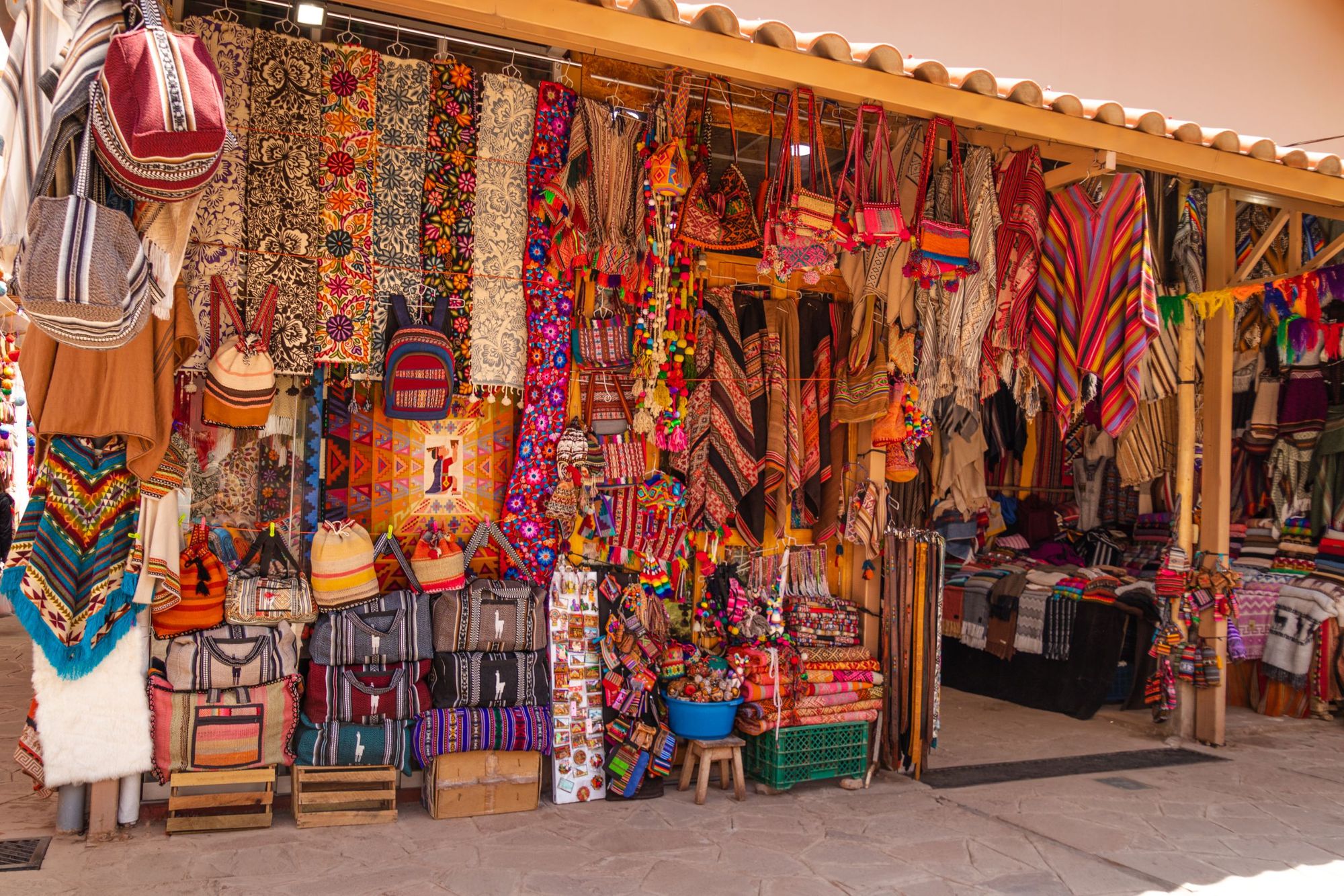
The Písac ruins can be reached with a 20-minute, fairly arduous uphill hike. The view back down on Písac is superb, there’s a bit of cave action, few tourists, and a wealth of history to explore. You can wonder in amongst the old, abandoned buildings, set up on a rugged hilltop - which was once a site of huge significance.
For the historian Brundage, "Pisac had an outstanding strategic value, as it stood midmost on the only road that led from Cuzco into the montana of Paucartambo."
4. Moray
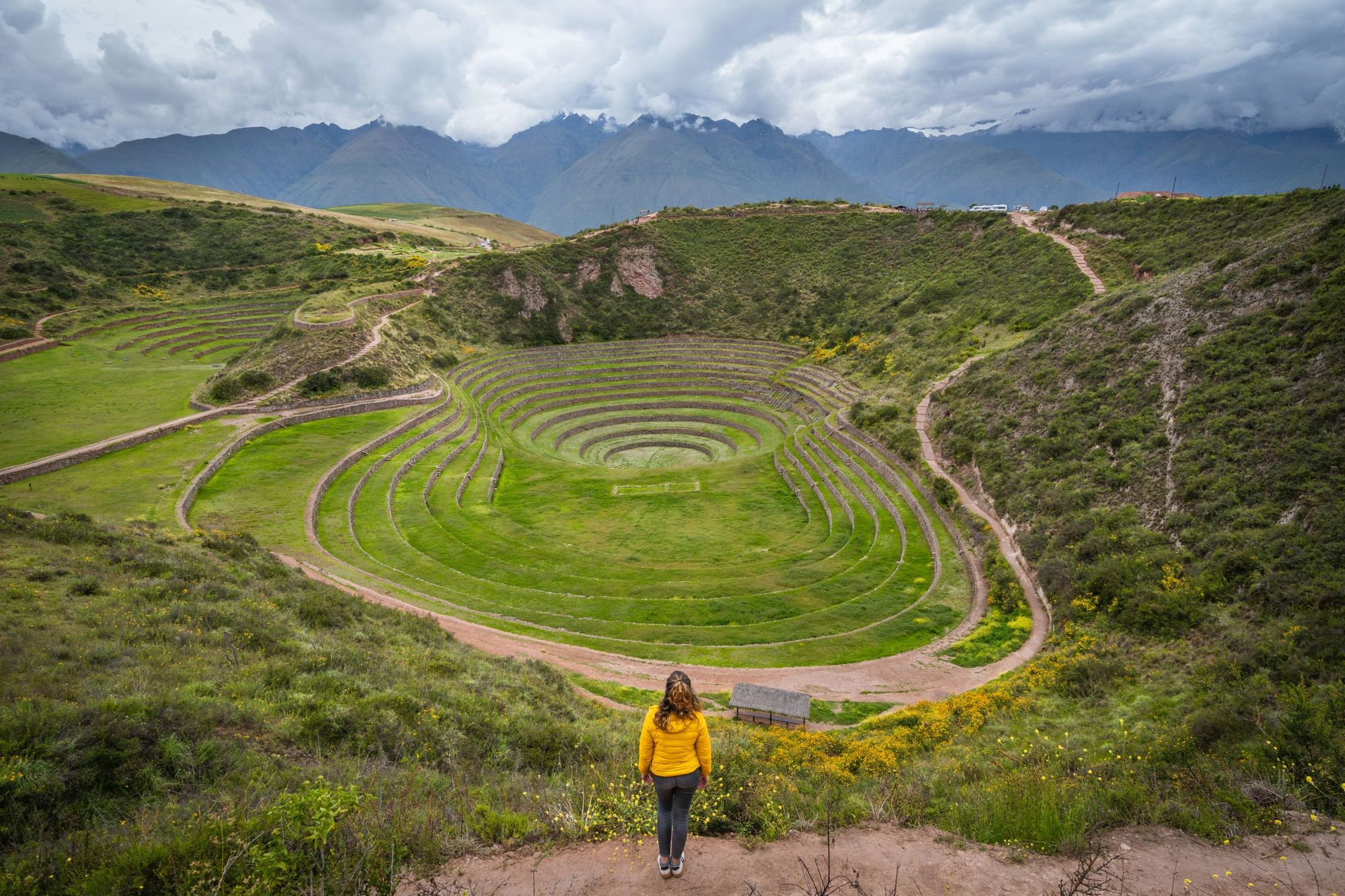
This site of circular, terraced depressions (known as muyus in Quechua) looks almost alien from above, set in amongst rolling farmland and backdropped by high mountains. From the bottom to the top terrace is a full 150m (490ft) in height, and it’s thought that these terraces would have been used for multi-level farming back in the 1400s. There’s also some archaeological evidence suggesting that the bottom six terraces in each muyu were built by a civilization predating the Incas, perhaps as early as the sixth century - though mysteries remain about its historic use.
In his book on Moray, author Kenneth R. Wright describes it as "a civil engineering wonder that has captivated and puzzled researchers and travelers since it was first photographed in 1931."
If you do venture out to Moray, don’t miss the MIL Restaurant on the edge of the ruins - started by the renowned chef Virgilio Martinez in 2018.
5. Choquequirao
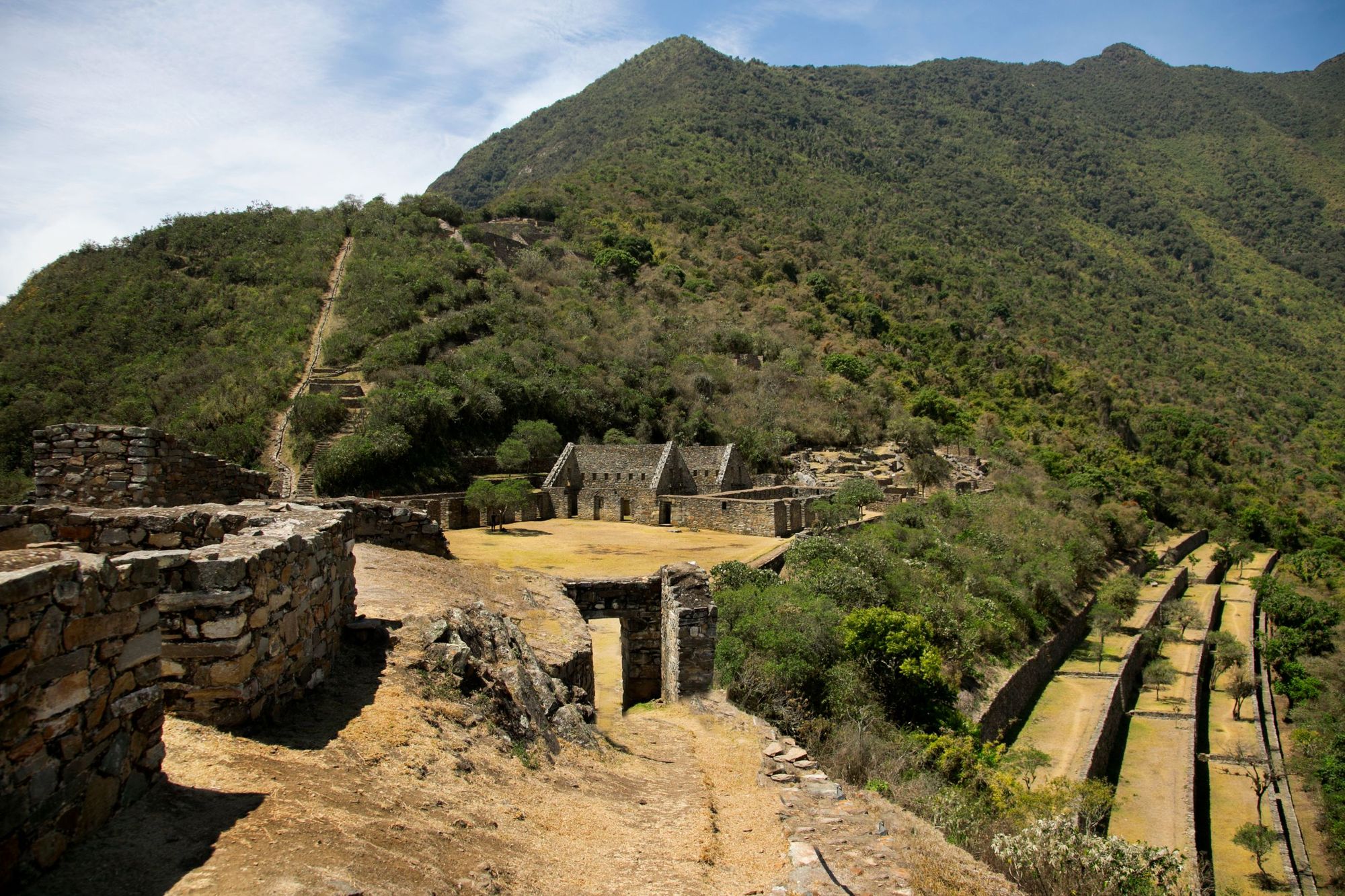
If you’re staying in the Sacred Valley for a longer period of time, and fancy an additional hike to the trek to Machu Picchu, look to Choquequirao - another Inca site with similar architecture, reachable by a multi-day hike from near Cusco.

Dating back to the 15th century, the hike is a challenging 62 mile (100km) route with a huge variation in altitude, starting at around 2,900m (9,514ft) and reaching a maximum height of 4,668m (15,314m). You’ll pass through the Apurimac Canyon and rise and fall through this demanding Andes route to a truly ancient site.
How to Get to the Sacred Valley
Reach the Sacred Valley in Peru by flying into Cusco, the nearest major city. The Sacred Valley is between 90 minutes to two hours from Cusco. You can travel by taxi, bus, or train to Sacred Valley towns like Ollantaytambo or Urubamba. Many visitors also take guided tours for convenience.
Read More:
- Salkantay Trek to Machu Picchu: The Epic 74km Alternative to the Inca Trail
- Salkantay Trek vs. Inca Trail: Which is the Best Route to Machu Picchu?
- Who Really Discovered Machu Picchu?
Inspired? Explore the Sacred Valley on one of our Machu Picchu adventures!

